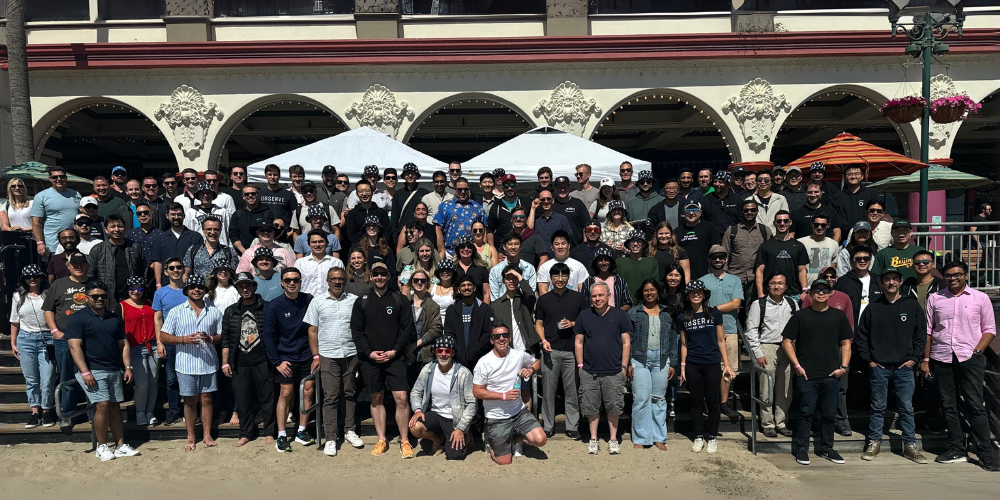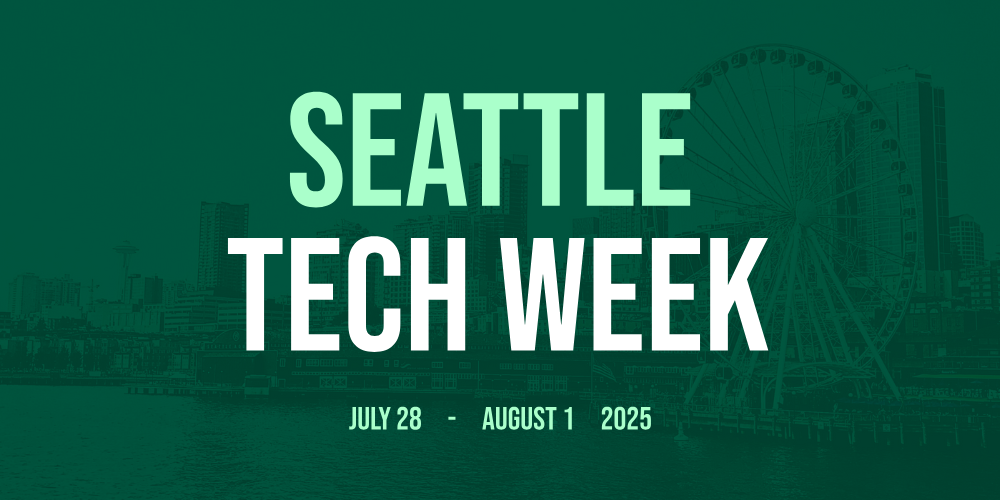Every modern enterprise runs on distributed systems that generate staggering amounts of data. Logs, metrics, and traces flood in from microservices, hybrid clouds, and global applications. Ensuring reliability and performance was always hard, but in the modern era, it’s becoming impossible without automation.
Legacy observability tools were built for an earlier era. An era where human engineers could reasonably navigate dashboards and query logs to find answers. Today, that model breaks down. Problems emerge faster than humans can react, and the cost of downtime continues to rise.
The next era of observability isn’t about more dashboards or prettier charts. It’s about systems that understand what’s happening, why it’s happening, and what to do about it — without waiting for a human to piece it together.
That’s what Observe is building. With their new $156 million Series C, we’re honored to deepen our support further with them as they accelerate this vision. This milestone ensures they can continue scaling their platform and doubling down on AI-native innovation.
Why Observability Needs an Overhaul
Modern enterprise systems are producing more telemetry data than ever (logs, metrics, traces), all flowing from increasingly distributed and dynamic environments.
Today’s challenges go beyond detecting an alert. Incidents are often unknown failure modes that span multiple layers of infrastructure and code, making manual investigation slow and costly. Enterprises don’t just need visibility; they need intelligent systems that can interpret context and recommend or even execute actions.
That’s why the shift to AI-native observability is so important. It’s not about layering a chatbot on top of old dashboards; it’s about re-architecting the entire approach so that automation and reasoning are built in from the ground up.
AI Investigator: From Questions to Action
Observe’s biggest leap forward is its emerging AI-SRE, an agentic system designed for real-world site reliability engineering (SRE) workflows. Here’s what makes it different:
-
- Contextual Understanding: The AI-SRE works across logs, metrics, and traces simultaneously, leveraging the semantic relationships in Observe’s knowledge graph.
- Natural Language Interaction: Engineers can ask questions like “What’s the status of our production environment?” or “Show me the logs for that spike.” Observe retains context, so follow-ups don’t require starting over.
- Automated Plans and Actions: This isn’t a passive Q&A bot. The master agent generates an investigation plan and delegates tasks to specialized agents, pulling relevant data, identifying likely root causes, and even executing remediation steps when appropriate.
- MCP Server: The AI-SRE can participate in workflows driven from 3rd parties. This can include scenarios where 3rd parties have their own AI-SRE and want to interrogate Observe as part of the incident troubleshooting flow.
The result: known problems get resolved faster, and unknown problems (which are the ones that cause the biggest incidents) get investigated with unprecedented speed.
The Platform Advantage
This AI capability isn’t bolted on; it’s built on a foundation purpose-designed for scale and flexibility:
-
- Unified Data Lake Architecture: Observe consolidates observability data into a single data lake with separation of storage and compute, powered by Snowflake. This means enterprises can ingest and analyze far more data at a fraction of the cost of traditional tools. Observe is committing to open standards by embracing the Apache Iceberg storage format (an open industry standard format).
- Full-Stack Coverage: Logs, infrastructure metrics, APM, CI/CD. Everything is in one platform. Teams don’t need to juggle multiple tools or lose context across silos.
- Knowledge Graph at the Core: All telemetry is correlated into a graph model, providing the semantic context AI needs to reason effectively.
This architecture is why legacy vendors are scrambling to re-engineer their platforms. Observe started here years ago.
Market Momentum and Milestone Funding
Customers are responding. In the last year, Observe tripled revenue, doubled its enterprise customer base, and tripled monthly active users. They are already well ahead of plan this year, with rising average contract values and strong expansion within existing accounts.
We’re deepening our support in this round because we believe this combination of architectural strength and AI-native vision is exactly what the market needs.
The Next Era of Observability
Observability has always been about answering questions. The difference now is speed, scale, and autonomy. Asking “What broke?” isn’t enough. Enterprises need to know why, and they need action plans in seconds, not hours.
Observe is delivering that future today. With a platform that scales, a foundation built for AI, and a vision for autonomous operations that changes the game for reliability engineering.
We’re proud to support them as they lead this transformation and excited for all that’s to come. Learn more about Observe →


